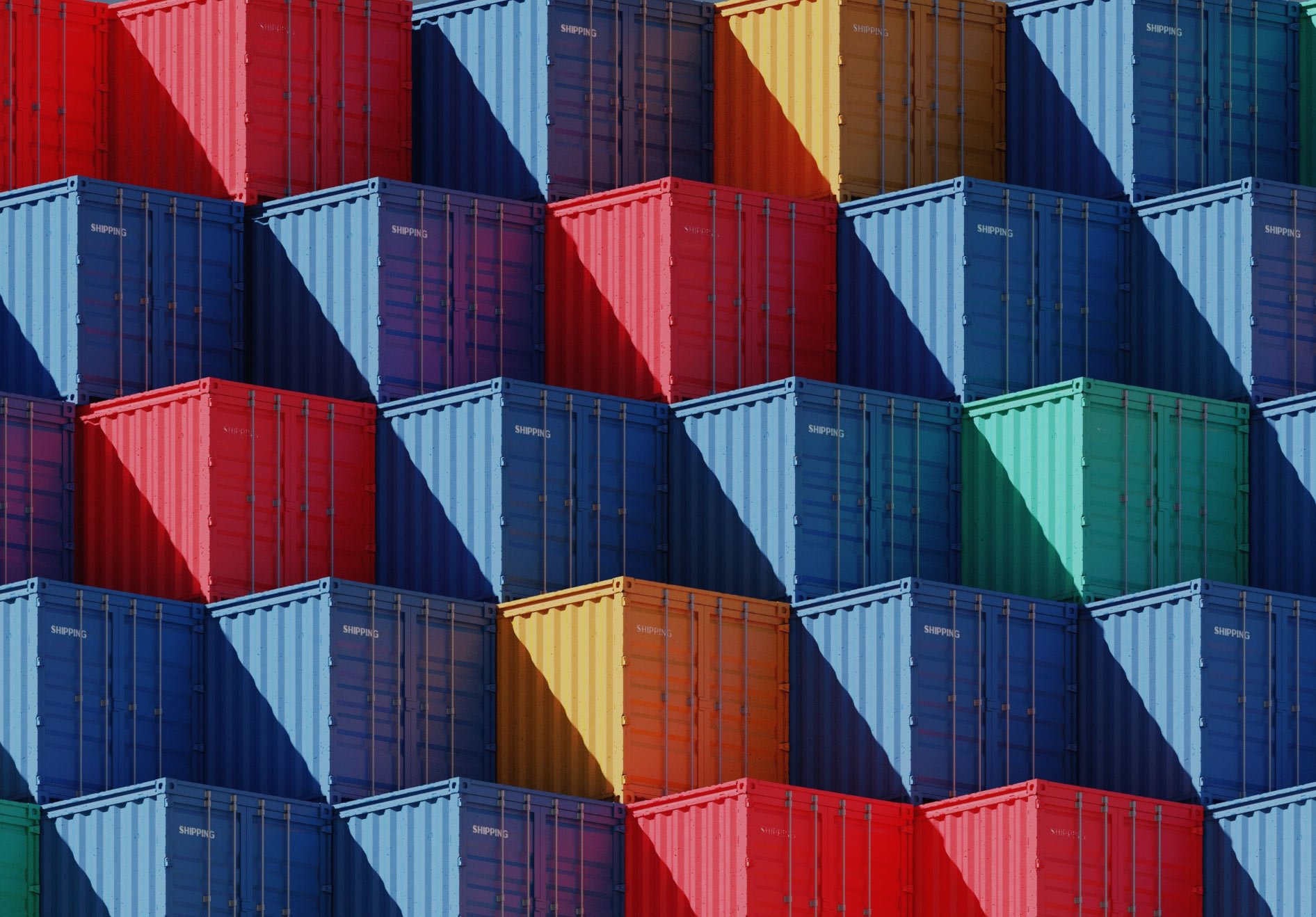The coronavirus pandemic and the associated long waiting times for shipping containers, as well as fast changes in consumer preferences upon the loosening of preventative measures, followed by the breakout of war, extreme fuel price hike, and transformation of international business relationships—that’s just a brief list of the factors that contributed to many issues.
Delays in deliveries the likes of which we haven’t dealt with before and the resulting alarming goods shortages affecting essentially all economic segments, quickly followed by full warehouses and extreme surpluses, may seem as mutually unrelated and hard-to-solve complications. In fact, they’re closely connected and can be largely eliminated by handling existing stock more effectively.
Empty shelves
Until the coronavirus pandemic, to supply their stores, retailers used traditional ordering systems predicting demand based on its past development. Although this method didn’t prevent deadstock, it wasn’t an existential issue to retailers either—until the pandemic came. People were forced to adapt their lifestyle to the current situation, significantly altering their way of life as well as their needs and demand.
It’s 2020. Customers are purchasing remote work tools, making their homes cosier, and paying attention to healthy eating. To retailers’ surprise, home fitness equipment, food supplements, tracksuits, and room accessories have become scarce goods. Retailers are placing orders for large quantities of these goods but many factories have suspended production and deliveries are delayed by several months.
Full warehouses, clearance sales, sales decline
After more than a year of restrictive measures, conditions are starting to improve. Life is starting to return to its pre-pandemic condition, with people happy to come back to work and renewing their social contacts or gym memberships. “After months of waiting, retailers receive the goods they ordered—but now people are looking for evening clothes and perfumes. The ordered goods where huge funds are bound don’t sell; instead they accumulate in warehouses and take up the space needed for the items which are currently in demand,” explained Roland Džogan, Ydistri’s CEO and co-founder.
Existing stock as a solution
It’s becoming evident that the existing ordering and prediction systems aren’t functional enough. Due to quickly changing demand, it’s almost impossible to make predictions based on prior sales, and as a result retailers are suffering substantial financial losses due to the wild fluctuations. But traditional ordering systems need not be dismissed. The solution might be to supplement them with an IRP—Intelligent Rebalancing Platform.
“In Ydistri we’ve developed our own platform, one based on easy-to-implement SaaS and able to work with an existing stock. Depending on current needs, we’re able to employ smart redistribution across the outlet chain and within weeks turn deadstock into healthy stock. The IRP can also help resolve shortages issues. Goods shortages don’t mean there are no goods available; in the overwhelming majority of cases they only signify that goods aren’t where they’re needed even though the retailer has them stored at a warehouse or outlet without being aware of it. With well-targeted redistribution the IRP can balance the stock out and largely prevent these enormous issues, brought about by the current situation,” concluded Roland Džogan.
